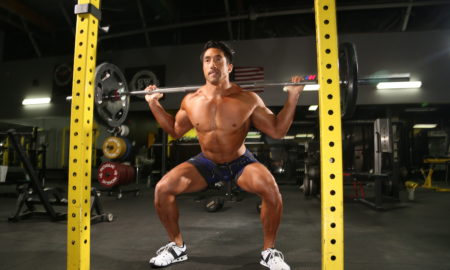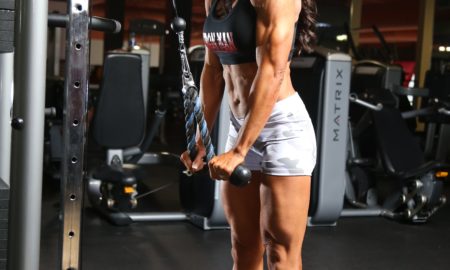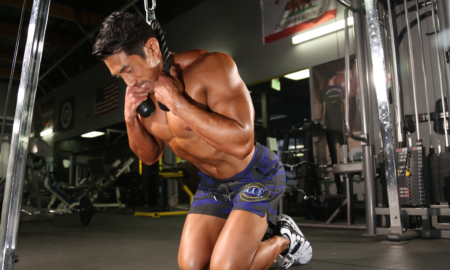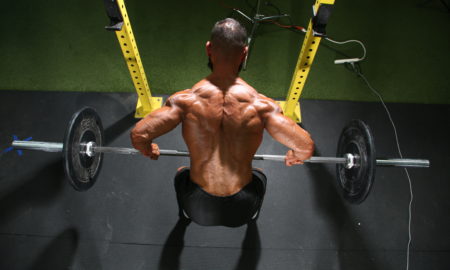This month’s installment was inspired by a recent event. A colleague of mine has trained since he was 15 or 16 years old. He’s now 52 and in good shape. He began to have left-shoulder pain and attributed it to the load on his shoulder at work. A few days later he felt worse, with nausea and vomiting and more shoulder pain, and he broke out into a sweat. He looked worse by the minute. He was transported to the emergency room, where his EKG reading was abnormal. Fortunately, he was not having a heart attack; it was food poisoning. He was severely dehydrated, and his electrolytes—sodium, potassium, chloride—were far below normal. He was given a liter of intravenous fluid with electrolytes and felt fine shortly thereafter. The EKG returned to normal. He was very lucky—he did not have a major cardiac incident, and he’ll return to the gym in a few days.
What does that have to do with training? The answer is, sometimes trainees dismiss or ignore symptoms that need medical attention. That’s not a characteristic of trainees alone—the nontraining population can live in denial about health problems too.
Some common symptoms of serious problems require you to see a health-care professional. Training, or exertion, can make those symptoms more apparent or worse. Pain in the left arm and shoulder, jaw, neck, chest and midback and shortness of breath are all symptoms that you must have evaluated. If any of those symptoms are made worse by exertion, you need immediate evaluation, preferably at a local emergency room. Right-shoulder pain can be referred pain from the gall bladder, or it can be atypical heart-related pain. These types of symptoms are not simple tendinitis or strains.
Women can have cardiac symptoms that are little less classic and may include fatigue and midback pain with exertion that should not be so easily caused. For example, if someone is fit but walks up a flight of stairs and seems to be breathing too hard for such a simple effort, he or she should be examined for heart problems.
If you haven’t trained for years, you should do what I refer to as reentry training. That’s a few months of light training that gives your joints a chance to reestablish ranges of motion for exercises. Tendons, muscles and ligaments begin to lengthen. Bone can begin to become more dense. All of that requires time. If you push too hard and too fast, you’ll exceed the body’s ability to adapt.
A geriatric patient decided to return to the gym 40 years after he’d ceased training. He performed Smith-machine squats in his first workout. The personal trainer working with him pushed the weight too soon, and he immediately developed compression fractures in his lower back. The bone was osteoporotic, but he might have developed more bone if he’d had the time to adapt to the training load.
If you have pain that does not lessen and is present 24 hours a day, you must see a health-care professional and tell him or her about your pain. Pain that does not go away is not simple training soreness; it must be evaluated. The symptoms may be very serious.
Lastly, be cautious of dismissing a child’s pain as “growing pains,” especially if the pain is in the lower leg, is not near the joint, does not improve and wakes your child at night. If those types of symptoms occur, take your child to your pediatrician immediately.
Those are some of the problems I have seen in trainees of all ages. If you’re having symptoms like the ones I’ve described, please see a health-care professional. We want you to keep training and reading IRON MAN.
Editor’s note: Visit www.SoftTissueCenter.com for reprints of Horrigan’s Sportsmedicine columns that have appeared in IRON MAN in the past. You can order the books Strength, Conditioning and Injury Prevention for Hockey by Joseph Horrigan, D.C., and E.J. “Doc” Kreis, D.A., and the 7-Minute Rotator Cuff Solution by Horrigan and Jerry Robinson from Home Gym Warehouse, (800) 447-0008, or at www.Home-Gym.com.




















You must be logged in to post a comment Login